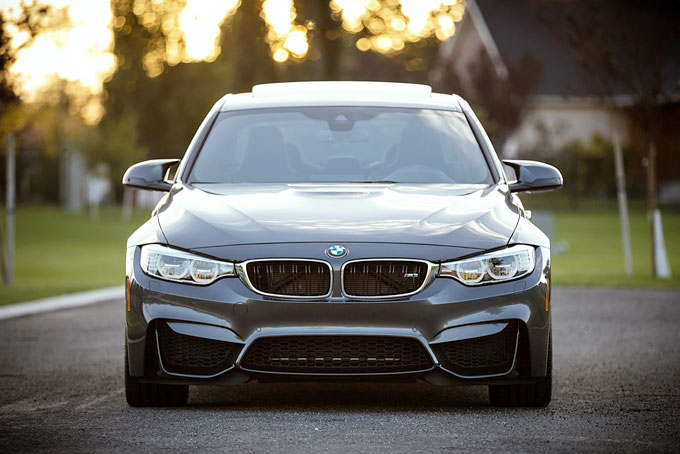words Alexa Wang
Although nothing screams “rebellion” and “free-spirit” more than a biker lifestyle, rebellious and free-spirited bikers still worry about their safety. Take a closer look at recent accident statistics, and you’ll understand their concern.
Many incidents result either from not wearing a helmet or from wearing the wrong one. In this article, we’re going to show you how to pick the right right motorcycle helmet for you.
A Little about Helmets
If you know nothing about helmets, you consider one as good as the other, but experienced bikers know that’s not so. Instead, they realize different helmets exist for different reasons. That’s why motocross helmets differ from dirt-bike helmets, for instance. While the first is round, the second has an extended chin for more protection.
Such differences, though subtle, determine the many varieties of helmet – half-shell, dual-sport, open-face, full-face, or modular helmets. So the question, then, begs: How do bikers decide on, say, the best modular motorcycle helmets for them our of all types of helmets? Here’s what they consider.
1. Purpose
Before deciding on a helmet, first ask yourself: What’s its purpose? If you intend to use it every day or for a long-distance journey, choose a comfortable and aerodynamic helmet with low-wind noise.
But, if you want to ride with a group where you must communicate with your buddies, then pick a helmet with inbuilt wireless communication. If not, install a DIY Bluetooth set. Finally, for racing, never go for anything less than a performance helmet with good venting.
2. Safety
After figuring out why you want the helmet, consider its safety features. Keep in mind, safe helmets absorb shock, withstand impact, stay firmly on your head during impact, and give you a 105-degree view. How do you determine whether a helmet meets these requirements?
Start with the outer shell. From what material is it made? Polycarbonate shells, a cheap material, flex during impact. In contrast, fiberglass helmets both flex and shatter on impact, reducing your injuries even further, but they cost more. Light and expensive, these ones dissipate the most force during impact, making them the safest.
After looking at the helmet’s exterior, ensure the helmet has enough polystyrene foam under the outer shell. This material absorbs any shock not absorbed by the outer shell. On top of the foam, you’ll find a padding material for comfort and a snug fit.
Next, ensure the helmet has a chin strap to keep the helmet firmly on your head. Finally, look for a safety sticker, also known as a Snell sticker, affirming the helmet meets all safety regulations.
3. Comfort
Although a helmet’s comfort level relies on the padding we’ve just talked about, its design also matters. The first thing you should know is that you have three designs from which to choose: half-helmet, three-quarter helmet, and full-face. The half-helmet covers everything above your hairline but not your face. You must, therefore, wear impact-resistant goggles while wearing such helmets.
On the other hand, the three-quarter helmet covers your whole head but lacks a face shield. So, like with the half-helmet, you must wear goggles. For full face protection, get a full-face helmet. Because it has a movable face shield, it covers not only your head but also your face.
4. Size
To adequately protect you adequately during an accident, a helmet should fit your head snugly. Otherwise, it comes loose, leaving your head exposed to severe – if not fatal – injuries. But how do you pick the right size for you?
So, how should a bicycle helmet fit? First, measure your head above your eyebrows and ears, noting the shape of your head. After working out the circumference, consult an online chart to know the helmet size suitable for your head shape. Now, try on the helmet.
To know whether it’s a perfect fit, ensure the padding firmly touches your cheeks, temples, and brow. No gaps should be left. However, the face shield shouldn’t press on your chin or nose. Also, expect some, though not excessive, neck roll.
To know whether the helmet will protect you, fasten it, and then move it gently. A good one exerts even pressure on your head, doesn’t come loose when you try removing it, and never leaves your skin or head sore.
5. Price
After following the four steps above, you’re ready to buy. Note one thing, though. A helmet’s price tag says a lot about its build-quality, comfort, safety, and other features. As a general rule, the higher its price, the better its features.
Conclusion
If you want to get the absolute best helmet for you, make sure that you follow the tips in this article. The right helmet could make a world of difference in the case of an accident, so make sure that you don’t take this step lightly. Try and few on for size and fit before you buy.











